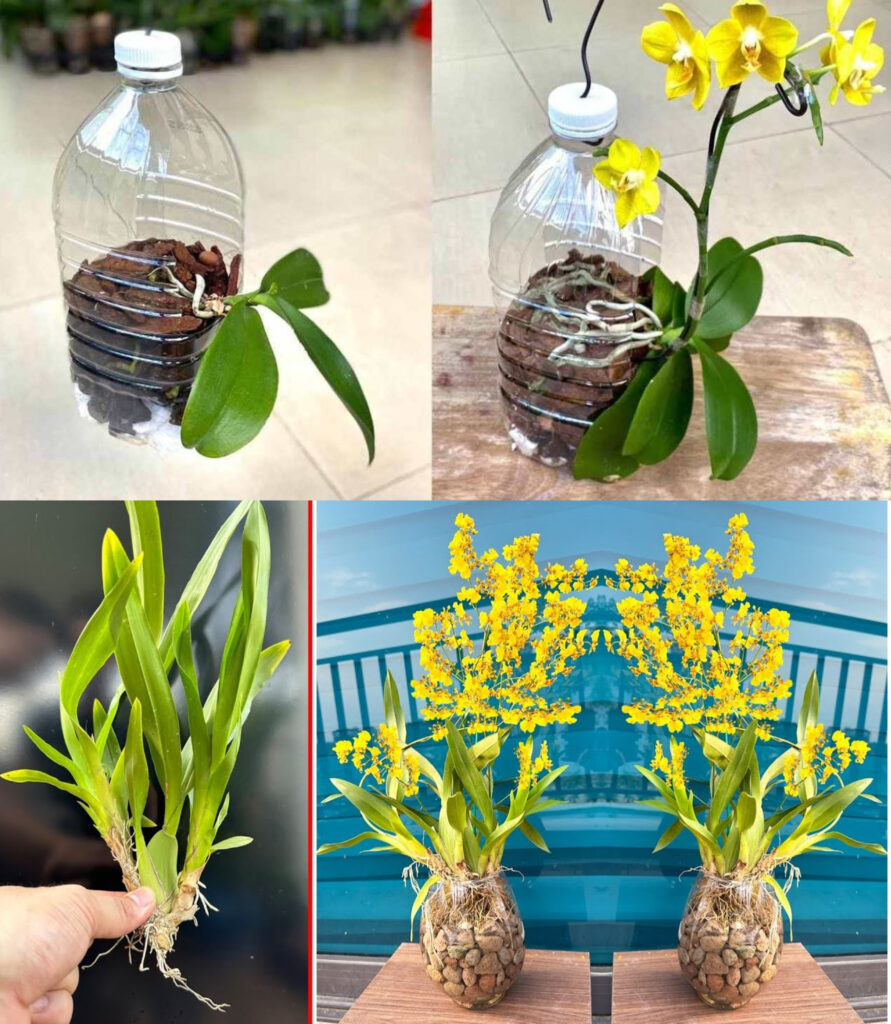Growing orchids can be rewarding but also challenging due to their specific care requirements. Here are some common mistakes to avoid to ensure your orchids thrive and produce beautiful flowers:
1. Overwatering
Issue: Orchids are susceptible to root rot if their roots are constantly soaked in water.
Solution:
- Allow the orchid’s growing medium (such as bark or sphagnum moss) to dry slightly between waterings.
- Water thoroughly but less frequently, ensuring excess water drains away completely.
2. Using Tap Water
Issue: Tap water can contain minerals and chemicals that accumulate in the orchid’s growing medium, causing damage to roots and leaves.
Solution:
- Use rainwater, distilled water, or filtered water to avoid mineral buildup.
- If using tap water, let it sit overnight to allow chlorine to dissipate before watering orchids.
3. Insufficient Light
Issue: Orchids need adequate light to bloom but can get sunburned if exposed to direct sunlight.
Solution:
- Provide bright, indirect light for most orchid varieties.
- Monitor leaf color: dark green leaves indicate insufficient light, while reddish leaves suggest too much light.
4. Improper Potting
Issue: Orchids should not be potted in regular soil, as it retains too much moisture and can suffocate roots.
Solution:
- Use a well-draining orchid potting mix (e.g., bark, sphagnum moss, perlite) specific to orchids.
- Repot orchids every 1-2 years or when the growing medium breaks down.
5. Neglecting Humidity
Issue: Orchids prefer high humidity, especially tropical varieties, and can suffer in dry indoor environments.
Solution:
- Increase humidity around orchids using a humidifier, humidity tray, or by grouping plants together.
- Mist orchid leaves occasionally, especially in dry conditions, to maintain humidity levels.
6. Incorrect Temperature
Issue: Orchids have specific temperature requirements; extremes can hinder growth and flowering.
Solution:
- Provide daytime temperatures between 65-85°F (18-29°C) and slightly cooler nighttime temperatures.
- Protect orchids from drafts and sudden temperature fluctuations.
7. Overfertilizing
Issue: Too much fertilizer can burn orchid roots and damage foliage, leading to stunted growth and reduced flowering.
Solution:
- Use a balanced orchid fertilizer diluted to half strength and apply it every 2-4 weeks during the growing season.
- Flush the orchid’s potting medium with plain water periodically to prevent fertilizer buildup.
8. Ignoring Air Circulation
Issue: Stagnant air can promote fungal and bacterial diseases in orchids.
Solution:
- Provide gentle air circulation around orchids using a fan on low speed or by opening windows periodically.
- Avoid placing orchids in overly cramped or poorly ventilated spaces.
By avoiding these common mistakes and providing proper care tailored to your orchid’s specific needs, you can help ensure they remain healthy, vibrant, and continue to bloom beautifully. Regular monitoring and adjustments based on your orchid’s response will contribute to their long-term success.


